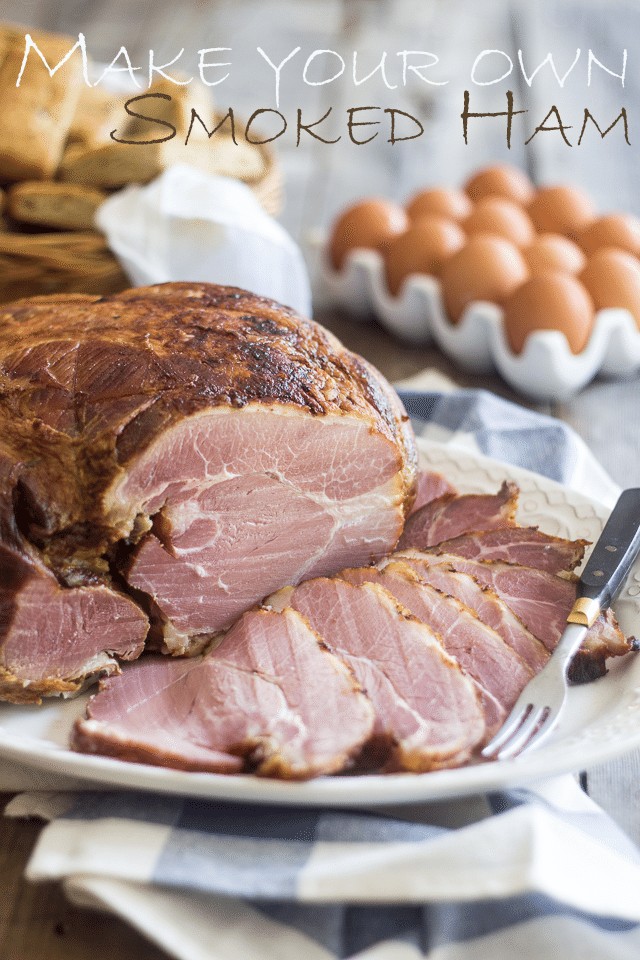Of course when it comes to baking or cooking a cuisine I am less familiar with, I do follow the directions as closely as I can. Which brings me to three new cookbooks covering Chinese cuisine. Many Chinese cookbooks in English focus on recipes from Chinese food as it is cooked outside of China. But three new cookbooks take a deeper dive into the regional cuisine of China. Two of the books look at all of China while the third concentrates on the cuisine of the Jiangnan region. Each book provides varying degree of context about the regions.
 |
| Dong Po Pork, left to right: All Under Heaven, Land of Rice & Fish, China |
I chose a single recipe, Dong Po Pork and cooked it from each book. First up the biggest book, China The Cookbook from Phaidon. Phaidon is known for publishing monumental all-encompassing books and this one has a staggering 650 recipes. None of the recipes in the book have headnotes, though there are some photos. The book does have introductions to the regions but they vary greatly in length and provide some useful information but don’t really give a great sense of place. The Dong Po Pork recipe called for red yeast rice which supposedly has medicinal properties. In cooking it is relied on primarily for color and not for flavor. The resulting dish while nicely colored, was bland and a bit disappointing. To try next? The Lamb Kebabs and Rice with Chicken and Sausage in a Casserole (clay pot) both appeal to me.

The second book is Fuschia Dunlop’s Land of Fish and Rice. The introductory sections of the book cover the history of the cuisine, flavors, ingredients and more, but doesn’t break out the individual cities or regions, so you have to read the whole thing even if you just wanted to learn about Shaoxing for example. It has some beautiful photos and the headnotes for the recipes in this book are well-written and share details about the dish beyond just simple preparation tips. And for the recipe? It was much better looking and tasting than the Dong Po Pork from the Phaidon book, but the technique of cutting up the pork made the pieces turn out to be smaller portions. The flavor was rich, but somewhat one dimensional. Perfectly good but not mind blowing. There are other recipes that look very appealing to me that I hope to try soon including the Hangzhou Breakfast Tofu and Sweet & Sour Radishes.
 The third book is Carolyn Phillip’s poetically titled All Under Heaven: Recipes from the 35 cuisines of China. In additon to detailed introductions to each of the regions, the recipes also have very good headnotes. Something else that sets this book apart are the illustrations which are charming and instructive. This recipe for Dong Po Pork used less soy sauce but significantly more wine and aromatics that the other recipes didn’t include—star anise and cinnamon. The recipe instructions were clear but said the sauce should thicken after several hours of cooking. I’m not sure how it could, given that the pot was supposed to be covered. I removed the lid at the end of cooking and reduced the sauce. Maybe the lid should have only partially covered the pot? In any case, the pork itself was the most attractive and tender and had by far the most complex and delicious flavor. No question, this was the best recipe for Dong Po Pork and the cookbook I'd be most likely to go to first. I've bookmarked Spicy and Numbing Cold Noodles and Tibetan Meatballs in a Yogurt Sauce to try next.
The third book is Carolyn Phillip’s poetically titled All Under Heaven: Recipes from the 35 cuisines of China. In additon to detailed introductions to each of the regions, the recipes also have very good headnotes. Something else that sets this book apart are the illustrations which are charming and instructive. This recipe for Dong Po Pork used less soy sauce but significantly more wine and aromatics that the other recipes didn’t include—star anise and cinnamon. The recipe instructions were clear but said the sauce should thicken after several hours of cooking. I’m not sure how it could, given that the pot was supposed to be covered. I removed the lid at the end of cooking and reduced the sauce. Maybe the lid should have only partially covered the pot? In any case, the pork itself was the most attractive and tender and had by far the most complex and delicious flavor. No question, this was the best recipe for Dong Po Pork and the cookbook I'd be most likely to go to first. I've bookmarked Spicy and Numbing Cold Noodles and Tibetan Meatballs in a Yogurt Sauce to try next.Disclaimer: I received copies of the books for review and this post includes affiliate links.





0 Comments